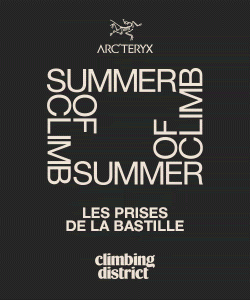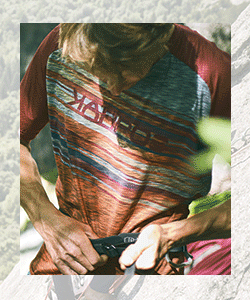Climbing Movement Techniques: Perfecting the Art of Body Awareness

“Climbing movement” can be simply described as the way in which the climber moves while she is moving up the wall/rock. Oh so insightful. For how obvious climbing movement is, it is not (sadly) considered a “skill” which is needed to be developed.
Most climbers these days start climbing in a local gym. After receiving a few basic lessons on gym etiquette, how to tie their knots and belay, they are generally left to their own devices to make their own path and “figure it out.”
An analogy of this in another sport would be someone learning to play basketball, being shown how to lace up his shoes and taught the basic rules of the game, and then being left on her own to learn how to dribble, shoot, do lay ups, etc…
Improving your proprioceptive skill will not only make you an all around better climber, but it will also allow you to climb “harder” routes as your newly improved techniques will make difficult sequences easier and easier.

Proprioception Training and Climbing : How It Will Save Us All From Bad Form
It is possible that the idea that climbing is “natural” is a factor in the obvious exclusion of this opportunity for a new climber to learn proper technique before bad habits become ingrained. What tends to get passed along very quickly to a new climber is the competitive-grade obsessed nature of the sport. This is where new climbers are encouraged to try increasingly difficult routes as fast as possible with insufficient time devoted to technique improvement.
There are two different “types” of sensory data your body in constantly processing, external (exteroception) and internal (proprioception). Exteroception is the sensory information obtained by senses from outside of the body, vision, hearing and touch.
While climbing, external data is gathered through your sense of vision, hearing and touch. Internal data is gathered by your internal sensory receptors, your “proprioceptors.” To that end, proprioception is your internal sense of body position and movement through space.
This includes core, body position, balance, foot placement and movement.










